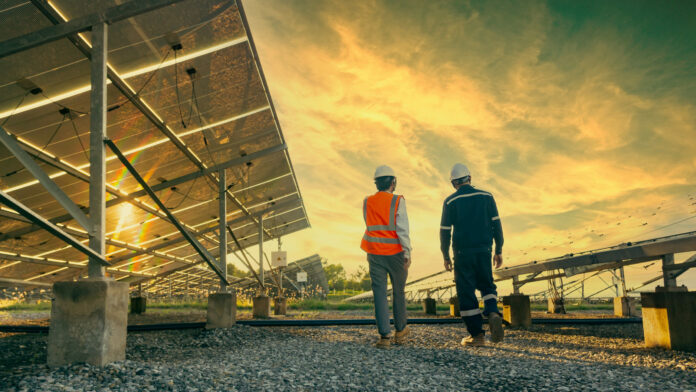
RICHARDS Bay Minerals (RBM) today announced plans to build a 130MW solar power plant – equal to 300GW/h in energy generated over a year – following an agreement with Voltalia, an energy company.
The deal, which also involves a local black-owned partner, will see construction of the plant scheduled to start construction next year with commissioning set for 2024. The capital cost of the plant is not disclosed.
Werner Duvenhage, MD of RBM, said the plant would be built in South Africa’s Limpopo province with power supplied via a wheeling agreement in line with a recent amendment to the country’s Electricity Regulation Act.
The act was adjusted to enable the private sector to build renewable power without a capping licence and to speed up supply of new power to the national grid. The plant will supply RBM’s smelting and processing facilities which are hardest hit when rotational blackouts are imposed by Eskom, the government-owned utility.
‘Load-shedding’ as it’s known, hits mining companies’ smelting operations hardest. The country has had different levels of the regime for the last 120 days.
Commenting on the solar plant, dubbed Bolobedu Solar PV, Duvenhage said: ‘This agreement is a first step towards reducing RBM’s carbon emissions through the use of renewable solar power, so that we contribute to a net zero future”.
The renewable solar power supply is expected to cut RBM’s annual greenhouse gas emissions by at least 10%, or 237,000 tons per year, the company said. RBM is 74% controlled by Australian-listed Rio Tinto.
The Bolobedu Solar PV power plant will be 51% black-owned through black economic empowerment partners, with a minimum 10% stake going to black women, while the host community will also have a participation.
A total workforce of more than 700 people is expected during construction, with a workforce of around 50 people once the plant becomes operational.











